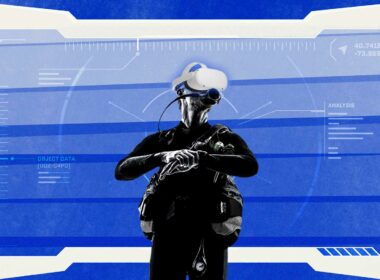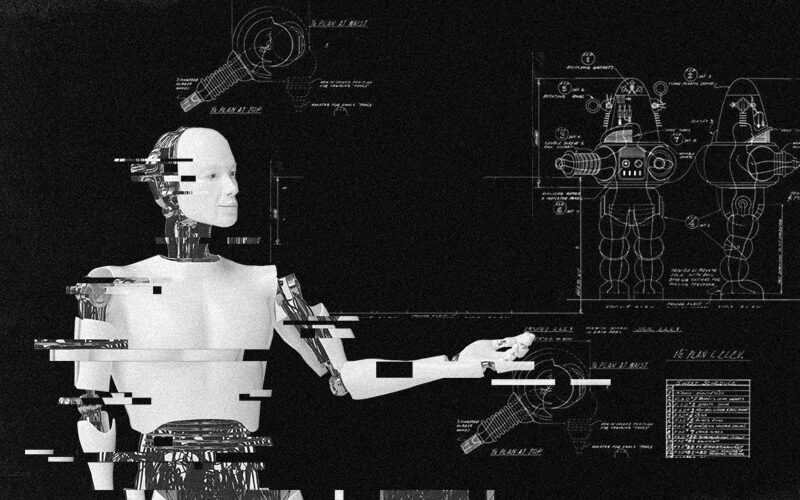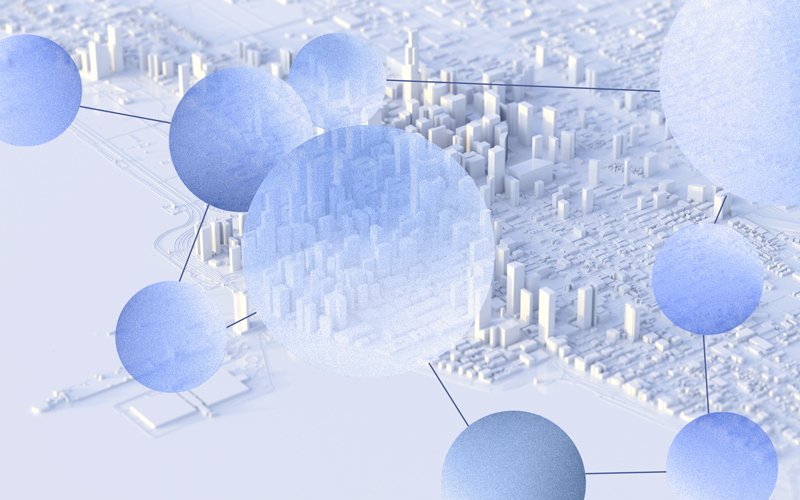AI has been slow to take off in general, perhaps nowhere more than in education.
There’s a simple theory as to why this might be: reciprocity.
Reciprocity is a cornerstone of human nature. In conversation, our brains can respond to spoken points in 200 milliseconds. We use body language, eye contact, and lightning speed prediction powers to learn, bond, comprehend, and assess threat. We as humans are built for back and forth.
Anyone who’s sat through a university lecture or training session will know that taking in a one-way stream of information is hard. It gets even harder when that information is streaming through a screen. Harder still from an audio source. And as any good teacher or trainer knows, it becomes much easier for your audience when you get them involved.
AI is reciprocal – to an extent. It’s been able to listen and respond for well over a decade. It’s replicating the reciprocity of a human being that’s the real trick.
The benefits of bots
Robots replacing humans is always controversial. While people are still refusing to use self-checkouts at the supermarket, we don’t have much hope for public trust in robot teachers, drivers, and medical staff.
But replacing the human element isn’t just about job stealing or over-technologising. It can genuinely help people who struggle in conventional human-based interactions.
BookBot, for example, gives dyslexic children the space and time to learn to read by themselves. The most patient parent can feel frustrated spending ten minutes on a single page. The child can feel pressured or embarrassed. The great thing about AI? Its patience never wavers.
Science is big on reciprocity in childrens’ learning. Children acquire knowledge by joint attention. Gaia Vince writes in the book Transcendence: “they undergo a developmental period in which they believe the self is something that must be mutually experienced for it to be perceived”. In other words, there must be someone on the other side.
Vince cites a 2003 experiment where children were taught Mandarin by a human teacher, by video, and by audio. The two groups without the human teacher retained exactly zero Mandarin.
Phonics – or the relationship of sounds to letters – are emerging as hugely important in literacy learning. But Australian teachers are not being given the resources or training to incorporate them.
BookBot is what we could call a reciprocal technology. Its initial function is passive: to read the text aloud to children so they can read along. But it also responds when a child reads a word well, and assists them when they struggle. It’s a listen-and-feedback loop that imitates the praise and correction of a real person.
There’s no such thing as too much reading practice for children, and it gives parents and children the gift of that time, with no restrictions other than the iPad dying.
But for every good committed by new technology, there is an ill. The rise of digital devices is having devastating impacts on literacy, and by extension, reading comprehension, critical thinking, even emotional skills like empathy and open-mindedness. Numbers of kids who read weekly have plummeted from 60% to 12-15%.
Can AI technology be the solution to the problem it’s caused?
AI and schooling: a difficult pairing
There are many roadblocks to getting AI tech in schools and universities, and they are namely financial and organisational.
Elder millennials will remember waiting for their turn on the singular school computer, when brick-like word processors were at the leading edge of technology. Similarly now, schools might have the budget for one or two units of advanced, expensive AI-led technology. But this isn’t great news for the AI-based tech firms trying to make bulk sales.
If schools do have the funds to roll out multiple units, they need to train the teachers. Given 47% of teaching staff had no experience with digital teaching prior to the pandemic, this is no cheap or easy task.
It goes without saying that the government-funded education sector is hugely risk-averse and slow to disrupt. Schools simply have too many priorities other than supporting the tech industry.
One of teaching’s greatest problems is catering to each student’s individual needs and learning styles. It’s next to impossible in large classes. One of AI’s greatest strengths is automated personalisation.
Dreambox, for example, adapts the next maths problem it sends you based on your progress. It can deliver higher-level questions to more advanced students, and lower-level questions to struggling ones, helping all levels get there faster. The entire Duolingo system does the same thing, recording your exposure to certain words at every stage so it can feed back 100% tailored learning. Google’s Euphonia uses speech recognition AI to enhance communication tools for the speech-impaired.
These are real problems for which AI offers a valuable solution (as opposed to AI for the sake of AI – a major downfall of many a gimmicky startup). But it’s often a catch 22 to implement them at scale. Schools desperately need help catering to individual students, but time and money are required to implement the training.
The other problem for educational AI is monetization. Learning doesn’t drive our dopamine like gaming or shopping does, so there’s much less incentive for repeat/additional transactions. As with most streamable tech, the answer is usually subscription models, specifically basic “freemium” models that entice you to paid premium models with enhanced features (a la Duolingo Plus and Busuu Premium). But similarly, schooling has less power to seduce users into those higher-level purchases.
In terms of pursuing private markets, the self-improvement space is riddled with abandoned ambition. Learning something new is a classic new year’s resolution; an impulsive decision to make a big life change. Be honest: you have a Duolingo account you downloaded in 2016, used for 3 days and then never opened again. Customer stickiness is low.
The triple bottom line: redemption for AI?
AI that takes into account the “triple bottom line” will undoubtedly be the tech that makes it. It doesn’t just consider profit, but people and planet too. It does good for the world.
BookBot is an awesome example of this. It was created by a father for his dyslexic son, and for every other parent in a similar situation. It launched initially in Indonesia, where schooling and library access are limited (but most Indonesians have smartphones allowing them to access the tech). Rather than going immediately after the US market to try and maximise profit potential, educational tech must go not just where it’s wanted, but where it’s needed.
Genuine benevolence has to play a part in technology that seeks to replicate or replace the human element. BookBot’s vision is to “help any child build reading confidence and improve literacy for tomorrow’s world”.
Considering 1 in 5 adults globally cannot read or write, the social impact potential is huge. It works, it solves a problem, it does good.











